The History of Coffee
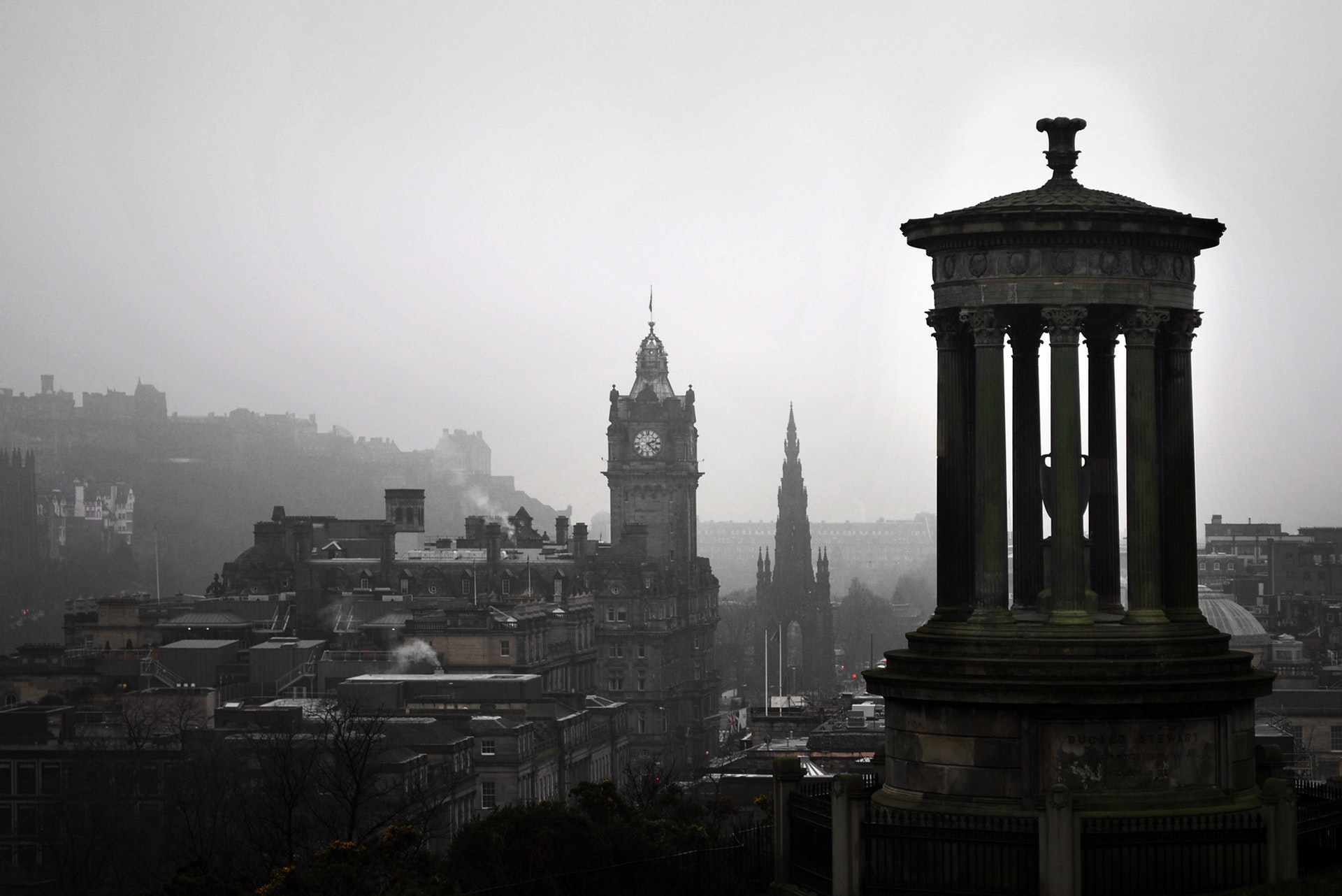
An Ethiopian Legend
Coffee grown worldwide can trace its heritage back centuries to the ancient coffee forests on the Ethiopian plateau. There, legend says the goat herder Kaldi first discovered the potential of these beloved beans. The story goes that that Kaldi discovered coffee after he noticed that after eating the berries from a certain tree, his goats became so energetic that they did not want to sleep at night. Kaldi reported his findings to the abbot of the local monastery, who made a drink with the berries and found that it kept him alert through the long hours of evening prayer. The abbot shared his discovery with the other monks at the monastery, and knowledge of the energizing berries began to spread.As word moved east and coffee reached the Arabian peninsula, it began a journey which would bring these beans across the globe.

The Arabian Peninsula
Coffee cultivation and trade began on the Arabian Peninsula. By the 15th century, coffee was being grown in the Yemeni district of Arabia and by the 16th century it was known in Persia, Egypt, Syria, and Turkey. Coffee was not only enjoyed in homes, but also in the many public coffee houses — called qahveh khaneh — which began to appear in cities across the Near East. The popularity of the coffee houses was unequaled and people frequented them for all kinds of social activity. Not only did the patrons drink coffee and engage in conversation, but they also listened to music, watched performers, played chess and kept current on the news. Coffee houses quickly became such an important center for the exchange of information that they were often referred to as “Schools of the Wise.” With thousands of pilgrims visiting the holy city of Mecca each year from all over the world, knowledge of this “wine of Araby” began to spread.
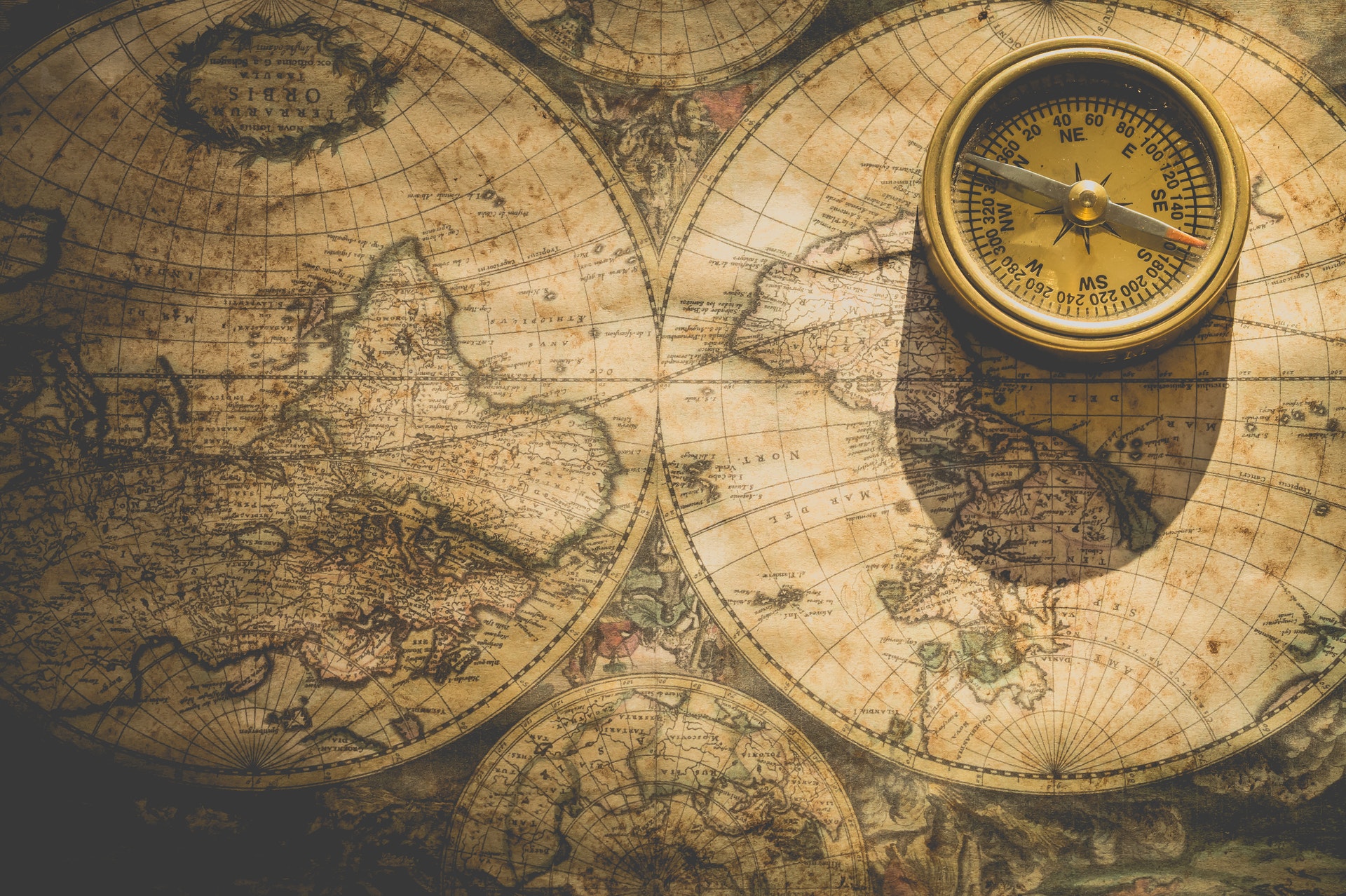
Coffee Comes to Europe
European travelers to the Near East brought back stories of an unusual dark black beverage. By the 17th century, coffee had made its way to Europe and was becoming popular across the continent. Some people reacted to this new beverage with suspicion or fear, calling it the “bitter invention of Satan.” The local clergy condemned coffee when it came to Venice in 1615. The controversy was so great that Pope Clement VIII was asked to intervene. He decided to taste the beverage for himself before making a decision, and found the drink so satisfying that he gave it papal approval.Despite such controversy, coffee houses were quickly becoming centers of social activity and communication in the major cities of England, Austria, France, Germany and Holland. In England “penny universities” sprang up, so called because for the price of a penny one could purchase a cup of coffee and engage in stimulating conversation. Coffee began to replace the common breakfast drink beverages of the time — beer and wine. Those who drank coffee instead of alcohol began the day alert and energized, and not surprisingly, the quality of their work was greatly improved. (We like to think of this a precursor to the modern office coffee service.) By the mid-17th century, there were over 300 coffee houses in London, many of which attracted like-minded patrons, including merchants, shippers, brokers and artists.Many businesses grew out of these specialized coffee houses. Lloyd's of London, for example, came into existence at the Edward Lloyd's Coffee House.
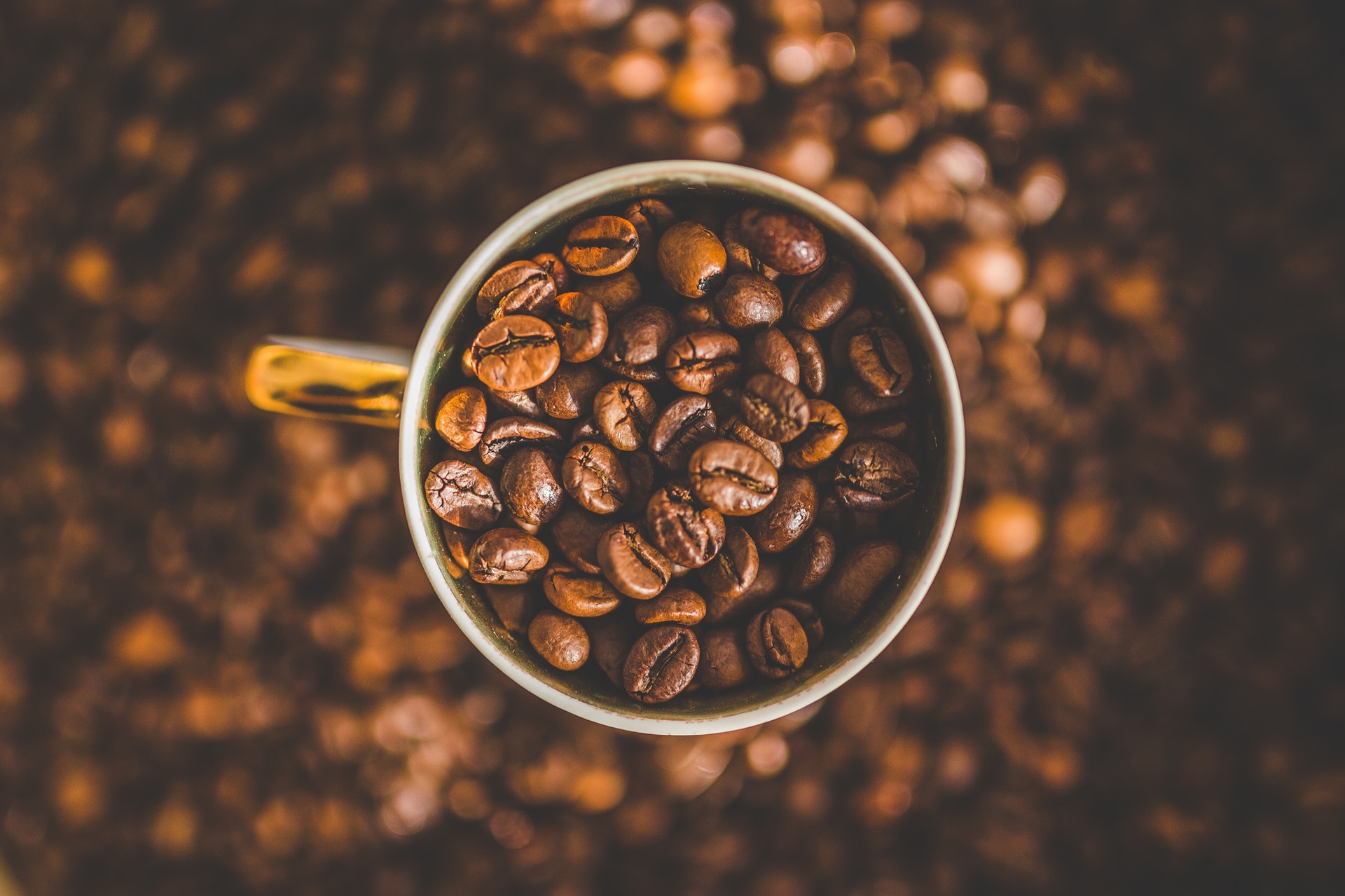
Specialty Coffee
"Specialty coffee" was first used in 1974 by Erna Knutsen in an issue of Tea & Coffee Trade Journal. Knutsen used this term to describe beans of the best flavor which are produced in special microclimates. Specialty coffee should not be confused with "gourmet" or "premium" coffee. The latter are marketing terms with no defined standards. According to the Specialty Coffee Association of America (SCAA), coffee which scores 80 points or above on a 100-point scale is graded "specialty."[1] Specialty coffees are grown in special and ideal climates, and are distinctive because of their full cup taste and little to no defects. The unique flavors and tastes are a result of the special characteristics and composition of the soils in which they are produced. The specialty segment is the most rapidly growing portion of the coffee industry. In the U.S., specialty coffee has increased its market share from 1% to 20% in the last 25 years. To promote and self-regulate the industry, growers, exporters, roasters, retailers and equipment suppliers have established trade associations. These associations exist in both coffee-consuming and producing countries. Countries known for producing specialty coffee are Colombia, Ethiopia, Brazil, Indonesia and Vietnam [2]. Arabica and Robusta are the most popular coffee types in the coffee producing countries though there are 75 species of coffee around the world.
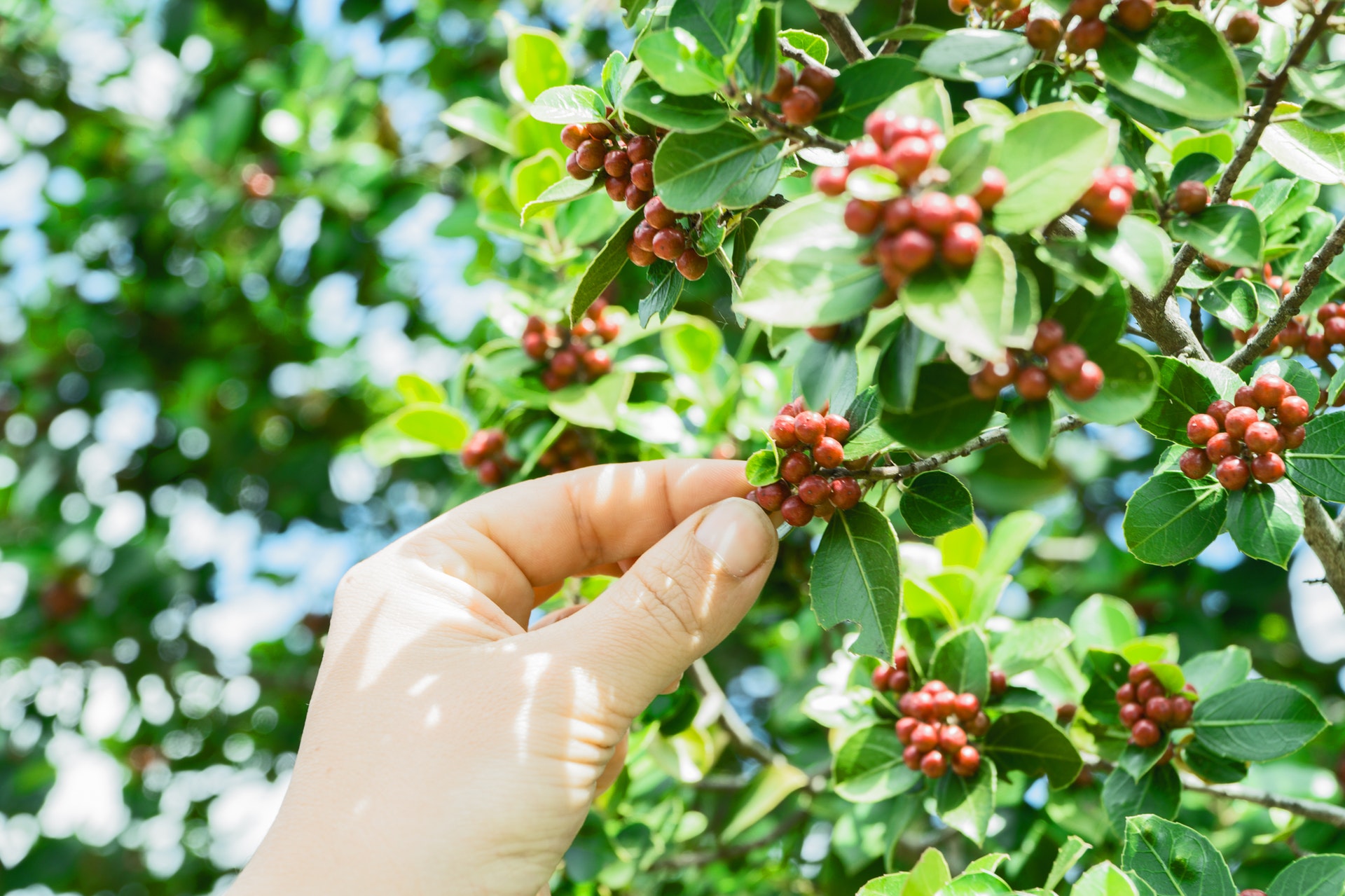
Growing of Specialty Coffee
It all begins with the coffee seed or bean, the same bean that your cup of black gold is brewed from. First an unprocessed coffee seed is planted. It has to be a good quality seed and it has to be planted in the right place at the right time to produce quality coffee. There are two different species of coffee: softer Arabica and Robusta, which is more bitter, but easier to grow. Roughly all speciality coffee comes from the top 10% of Arabica seeds. After 3–4 years, the planted coffee tree will bear it's first red fruits — coffee beans which are ready to be harvested.Coffee is mostly picked by hand, either “strip picked” or “selectively picked”. Strip picking is a quicker process but it also means all the berries of the tree are picked at the same time. Selective hand picking takes more time but gives better result, as only the beans that are just at the peak of ripeness are picked and raw beans left for later. Once the picking is complete the coffee has to be processed as quickly as possible to prevent spoilage. There are methods to do this: dry, semi-dry and wet. When using the dry method, coffee beans are spread to dry onto a large surface and dried under the sun. In the wet method, the pulp of the bean is removed and beans are fermented in tanks and washed with great amounts of water. This is one of the most crucial steps of coffee processing and often done wrong. False fermenting and washing can give coffee impurities and a bad bitter taste that cannot be removed afterwards.
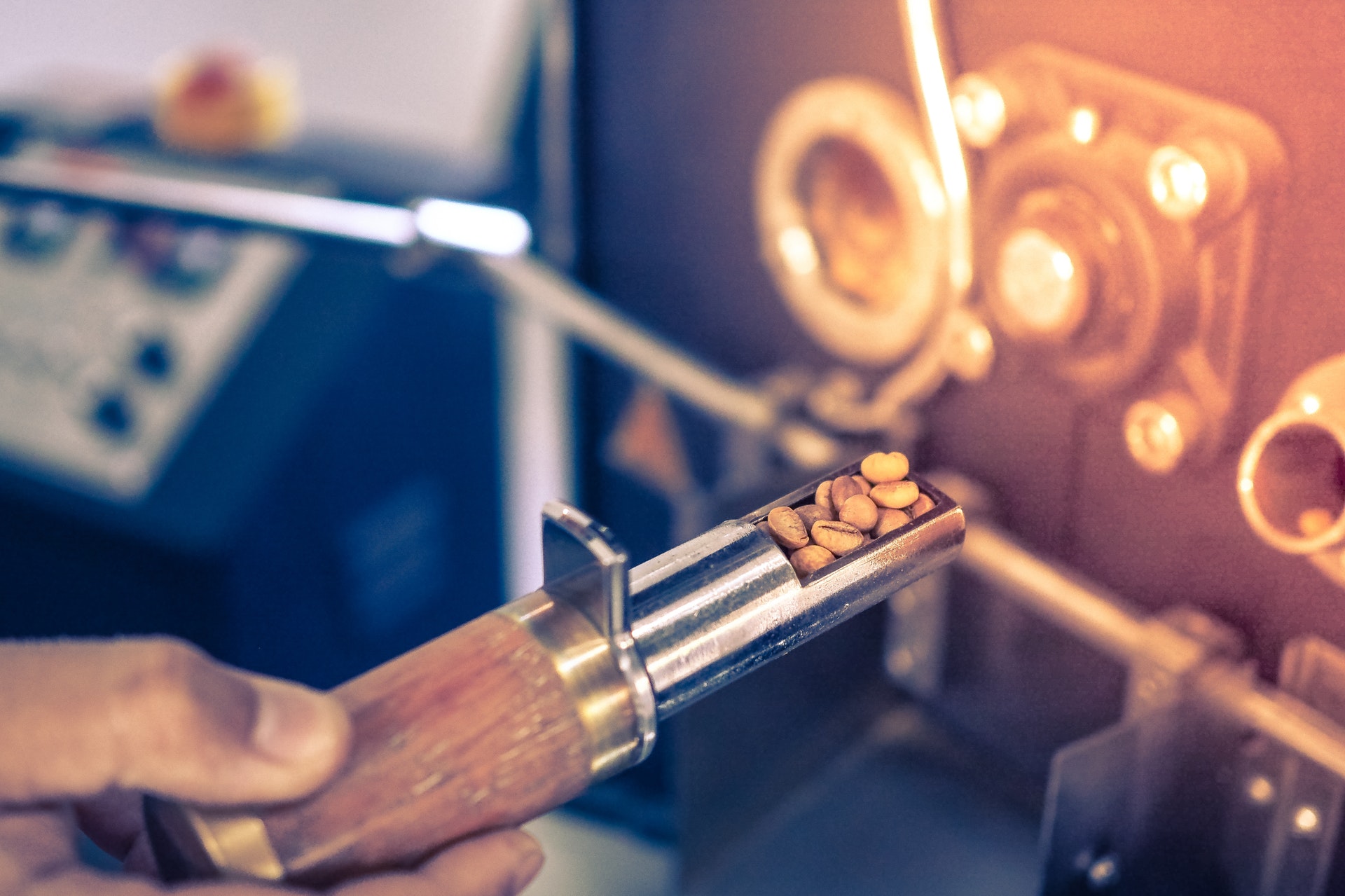
Roasting
Now, it’s time to test the coffee. The taster, also called “the cupper”, will check the colour, which for a professional cupper tells a lot about the quality. After visual approval, is time for some chemist-like roasting, brewing, smelling and “slurp” sounding tasting, and once the quality is approved by the cupper, the rest of the beans are roasted. Beans are usually roasted at about 230–260 degrees celsius. Coffee is kept moving during to roasting. When the inner temperature of the beans reaches 230 degrees celsius, the oil inside them begins to emerge. This changes the beans from green to brown and gives the coffee it’s actual aroma. Once roasting is complete, the beans are immediately cooled, either by air or water and now the coffee has to hurry to get to your cup. Aromas begin to fade immediately after roasting as coffee is at it's best to enjoy 2–30 days from roasting. High quality coffee is often excellent after 30 days but there is no hope for regular coffees.
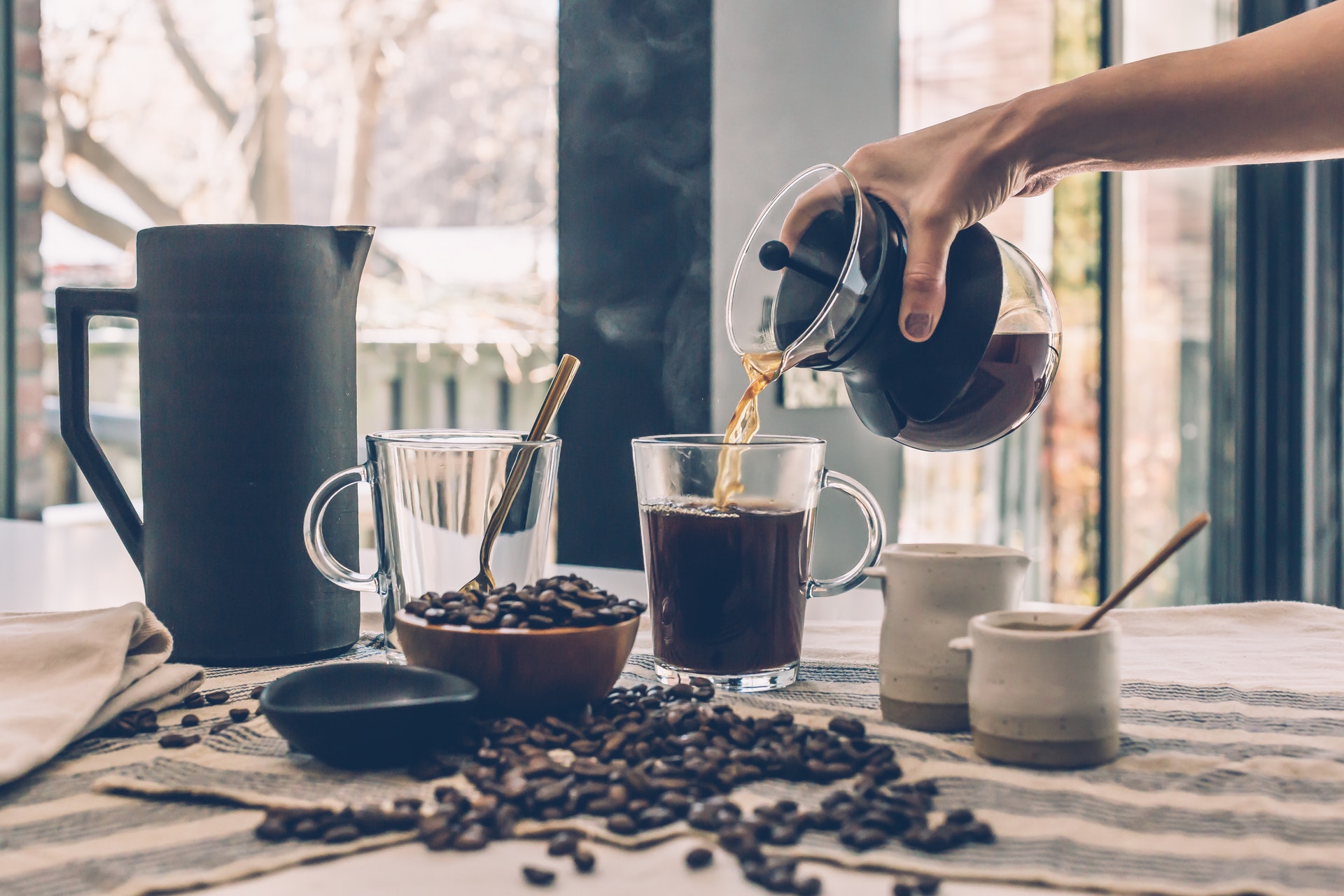
Brewing
Are you already buying your coffee as beans? If not, you might want to give it a thought, as getting the right grind for you can make a huge difference. Why is this important? Well, it will allow you to extract all the flavour quickly (before they lose their aroma after grinding) to allow for that perfect cup of coffee. Finer for espresso, coarser for filtered. Some studies say that ground coffee can lose up to 60 % of it’s aroma within 15 minutes after grinding, so if you’re wondering why coffee at home doesn’t taste as good as at your favourite cafe this could be one reason. Now to brewing. Coffee brewing itself is a chemist-like process that you can spend your whole life studying, but covering basic things is enough to many of us. Brew with care and before taking the first sip, take a second and appreciate the long journey it has travelled, just for you and your health.